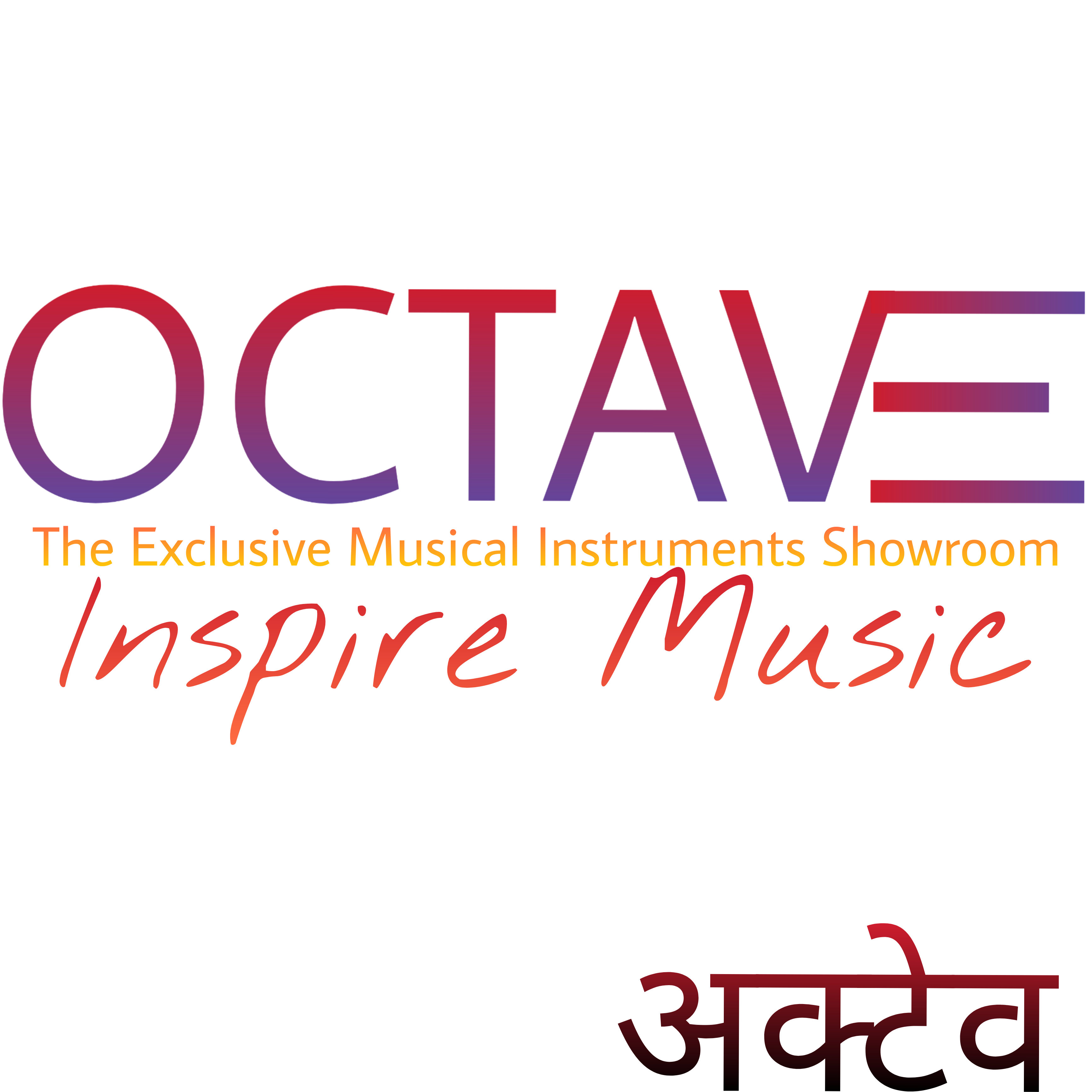
A Journey Through the History and Diversity of Indian Classical Music
Indian classical music is a rich and vibrant tradition that has captivated audiences for centuries. With its intricate melodies, rhythmic patterns, and emotive expressions, it is a true testament to the artistic prowess of the Indian subcontinent. In this blog post, we will explore the history of Indian classical music and delve into the distinct traditions of North Indian and South Indian music, as well as the unique scales known as “thats”.
The Origins of Indian Classical Music
The roots of Indian classical music can be traced back to ancient scriptures and texts such as the Vedas and the Natya Shastra. These texts laid the foundation for the principles and aesthetics of Indian music, which were further developed over time.
Indian classical music is divided into two major traditions: Hindustani music in the North and Carnatic music in the South. While both traditions share common elements, they also have distinct characteristics that set them apart.
North Indian Classical Music (Hindustani Music)
Hindustani music, also known as North Indian classical music, has its origins in the courts of the Mughal emperors. It is characterized by its improvisational nature and the use of ragas (melodic frameworks) and talas (rhythmic patterns).
One of the key features of Hindustani music is the concept of gharanas, which are musical lineages or schools. Each gharana has its own unique style and approach to music, passed down through generations. Prominent gharanas include the Gwalior, Agra, and Jaipur-Atrauli gharanas.
The melodic aspect of Hindustani music is explored through the use of ragas, which are intricate melodic structures comprising of a specific set of ascending and descending notes, as well as characteristic phrases and ornamentations. Each raga evokes a different mood or emotion, and the artist explores its various nuances through improvisation.
The rhythmic aspect of Hindustani music is governed by talas, which are rhythmic cycles. Talas provide a framework for the artist to showcase their rhythmic virtuosity through intricate patterns and improvisations.
South Indian Classical Music (Carnatic Music)
Carnatic music, also known as South Indian classical music, has its roots in the ancient temples of South India. It is characterized by its emphasis on intricate melodies, rhythmic precision, and devotional lyrics.
Carnatic music places a strong emphasis on vocal music, and many compositions are written in Telugu, Tamil, Kannada, and Sanskrit. The compositions are often devotional in nature, praising various deities and expressing deep spiritual sentiments.
Similar to Hindustani music, Carnatic music also follows a melodic framework known as ragas. However, the ragas in Carnatic music have a different structure and are often more complex compared to their Hindustani counterparts. The compositions in Carnatic music are typically set in specific ragas, and the artist explores the nuances of the raga through improvisation.
The rhythmic aspect of Carnatic music is governed by talas, similar to Hindustani music. However, Carnatic talas have a distinct structure and are known for their intricate rhythmic patterns and mathematical precision.
Exploring Thats: The Unique Scales of Indian Classical Music
Thats, also known as melakartas in Carnatic music, are the unique scales that form the basis of Indian classical music. They are a set of seven notes, or swaras, arranged in a specific sequence. Each that has a distinct character and evokes a different mood or emotion.
In Hindustani music, the concept of that is known as the “thaat” system. There are ten main thats in Hindustani music, such as the Bilawal, Bhairav, and Kafi that. Each that has its own set of characteristic notes and phrases, offering a different musical landscape to explore.
In Carnatic music, there are 72 melakarta ragas, which are the equivalent of thats. These ragas are derived from a systematic arrangement of the seven swaras and follow specific rules and patterns. Each melakarta raga has its own unique identity and serves as a foundation for the vast repertoire of Carnatic music.
In Conclusion
Indian classical music is a treasure trove of artistic expression, steeped in history and cultural significance. Whether it’s the soul-stirring melodies of Hindustani music or the intricate compositions of Carnatic music, each tradition offers a unique musical experience.
Through the exploration of ragas, talas, and thats, Indian classical music provides a platform for artists to showcase their creativity, improvisation, and deep emotional connection. It is a testament to the power of music to transcend boundaries and touch the very core of our being.
